ESP / ENG

September 11, 1973 is a date etched in the memories and consciences of those who struggle. It was a day of infamy that saw a coup d’Etat put an end to the Salvador Allende and Popular Unity government in Chile.
Left behind were 1000 days when, in spite of obstacles and contradictions, it was possible to dream about a better country for everyone. What came next was a nightmare, filled with terror and neoliberalism, from which the Chilean people have not completely woken up.
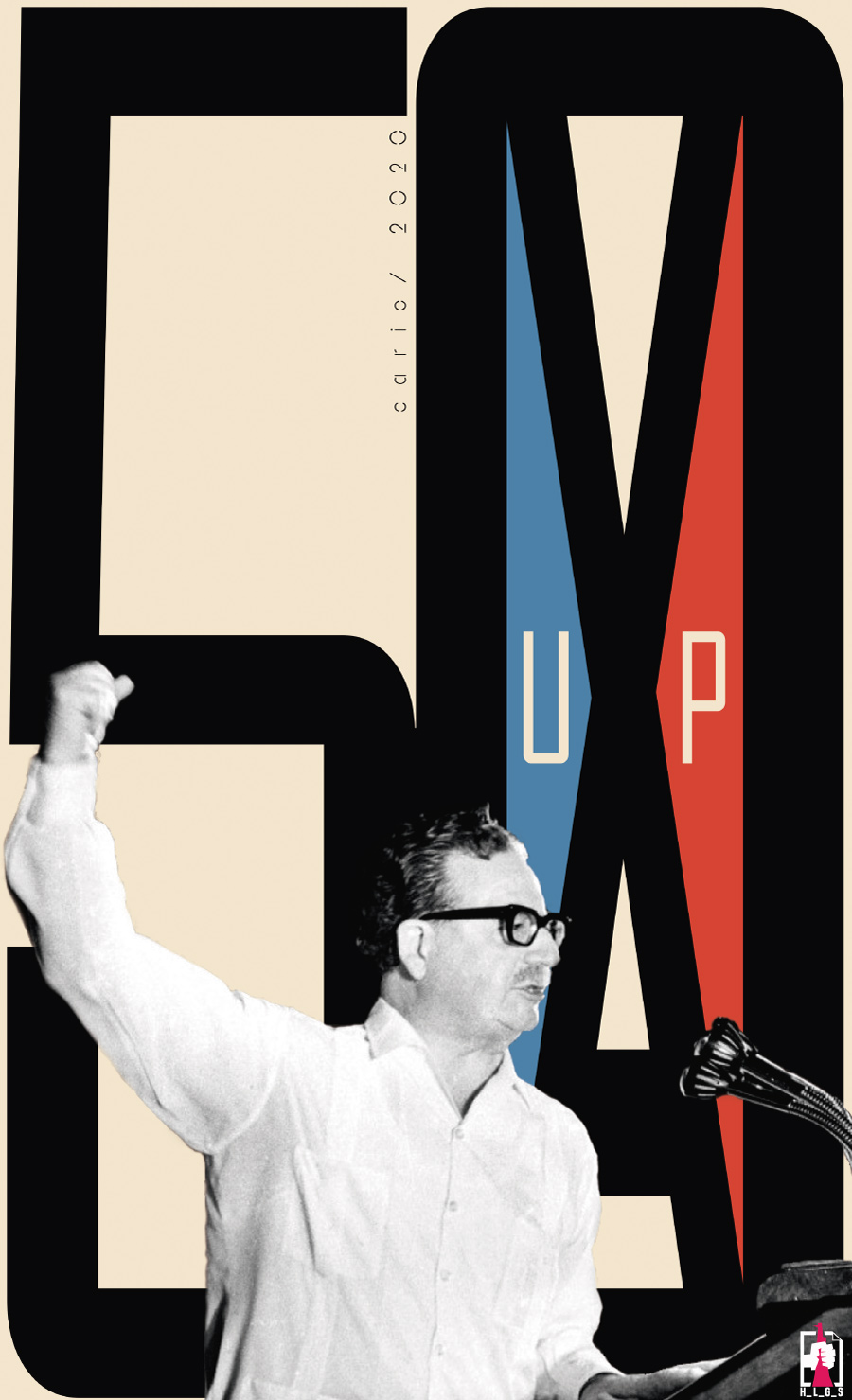
Dignity and sovereignty
The Cold War was a period of tumultuous transformations. Liberation movements fought for independence while Western powers, the United States chief among them, sought to maintain their hegemony.
At the beginning of the 70s, while it sunk ever more in Vietnam, Washington would face an unpleasant surprise in its “backyard.” Salvador Allende and the Popular Unity (Unidad Popular, a coalition of five leftist parties) won the Chilean presidential elections on September 4, 1970.
Up until this moment, Chile was seen as a country free from the turbulence that characterized the region. But beneath this calm lay a stagnant economy that grew more and more unequal and subordinated to foreign corporate interests.
In his third presidential run, Allende managed to convince the popular masses that there was an alternative, built on dignity and sovereignty, in favor of the majority.
Our copper
The Popular Unity program proposed radical solutions for the problems facing Chile, without hiding the need to confront the interests of imperialism and its surrogate bourgeoisie. It was the so-called Chilean way to socialism.
The Allende government brought major advances in public education and healthcare. It expanded access to education at all levels and implemented symbolic programs such as the daily distribution of half a liter of milk to every child.
In the countryside, the Popular Unity deepened the timid agrarian reform initiated by its predecessors in order to tackle a profoundly unequal structure dominated by big landowners. More than four thousand plots were expropriated, with another two thousand taken over by land workers themselves.
This period also saw a blooming of cultural activities, with some state support but to a large extent of an independent nature. One of the prime examples was the rise of the so-called New Chilean Song (Nueva Canción Chilean). The movement had its major exponent and driver in Victor Jara. It reclaimed Chilean musical traditions alongside a vision of art at the service of popular struggles.
Still, the main banner of the Allende government was the nationalization of copper, the country’s most important resource. For decades, foreign mining corporations secured obscene profits while exploiting their workers and manipulating their accounts to pay fewer taxes. The nationalization of copper became a national cause, and it was fulfilled on July 11, 1971.
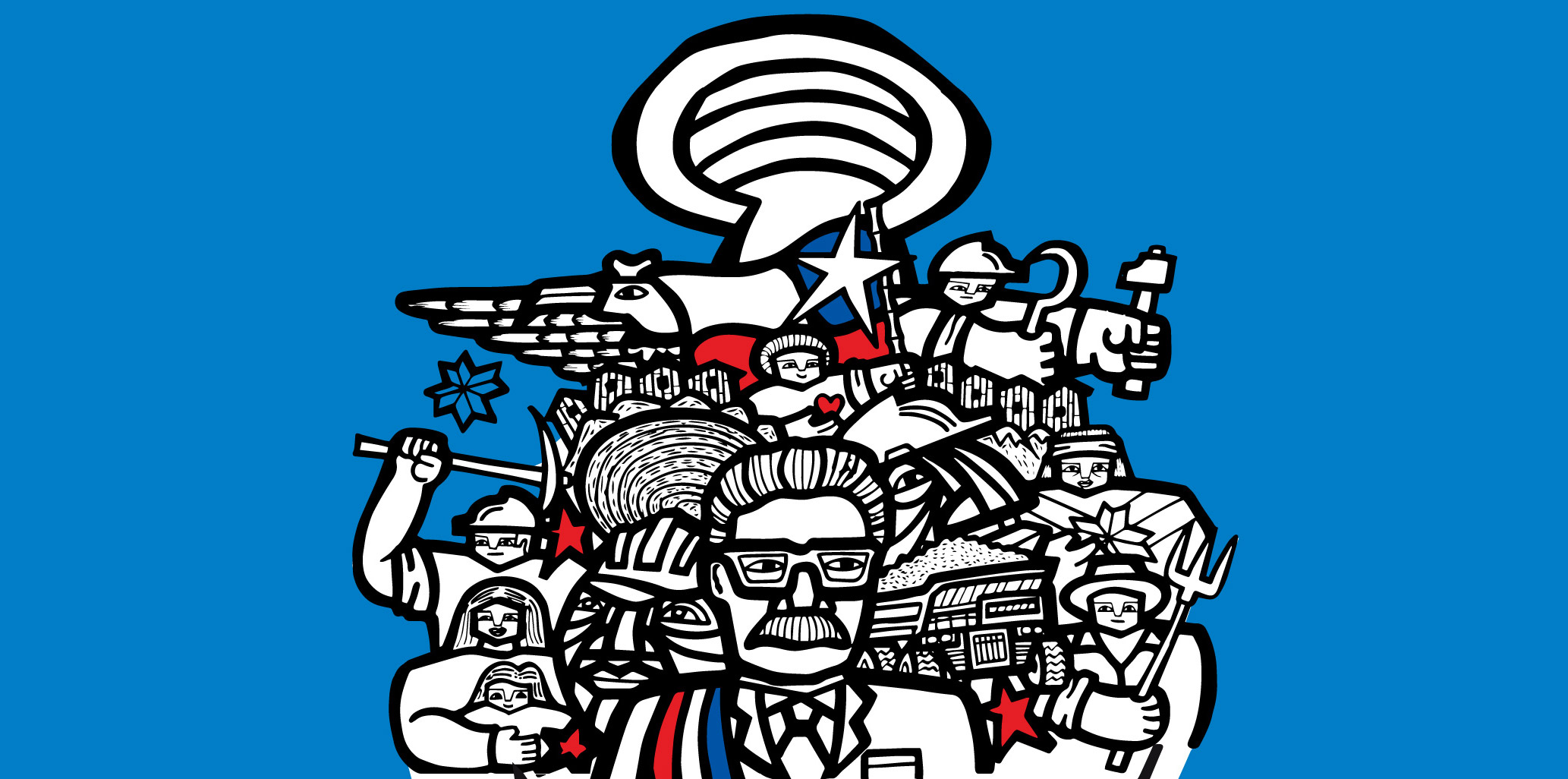
An affront to Washington
From the very beginning the US identified Allende as a danger to be addressed. Chile became a major field operation for the CIA. This reality has been established beyond doubt by the declassification of official documents.
With a seemingly endless budget, the CIA started off by trying to stop Allende from winning. It had a number of media outlets in its pocket to unleash a fear and disinformation campaign that would carry during the Popular Unity government.
The US intervention in Chile laid bare the promiscuity between the highest political circles and corporate interests. Some of the main lobbyists in favor of US aggression were mining corporations Anaconda and Kennecott, which controlled the country’s most important mines. Another key actor was ITT, which held a 70% state in the Chilean Telephone Company.
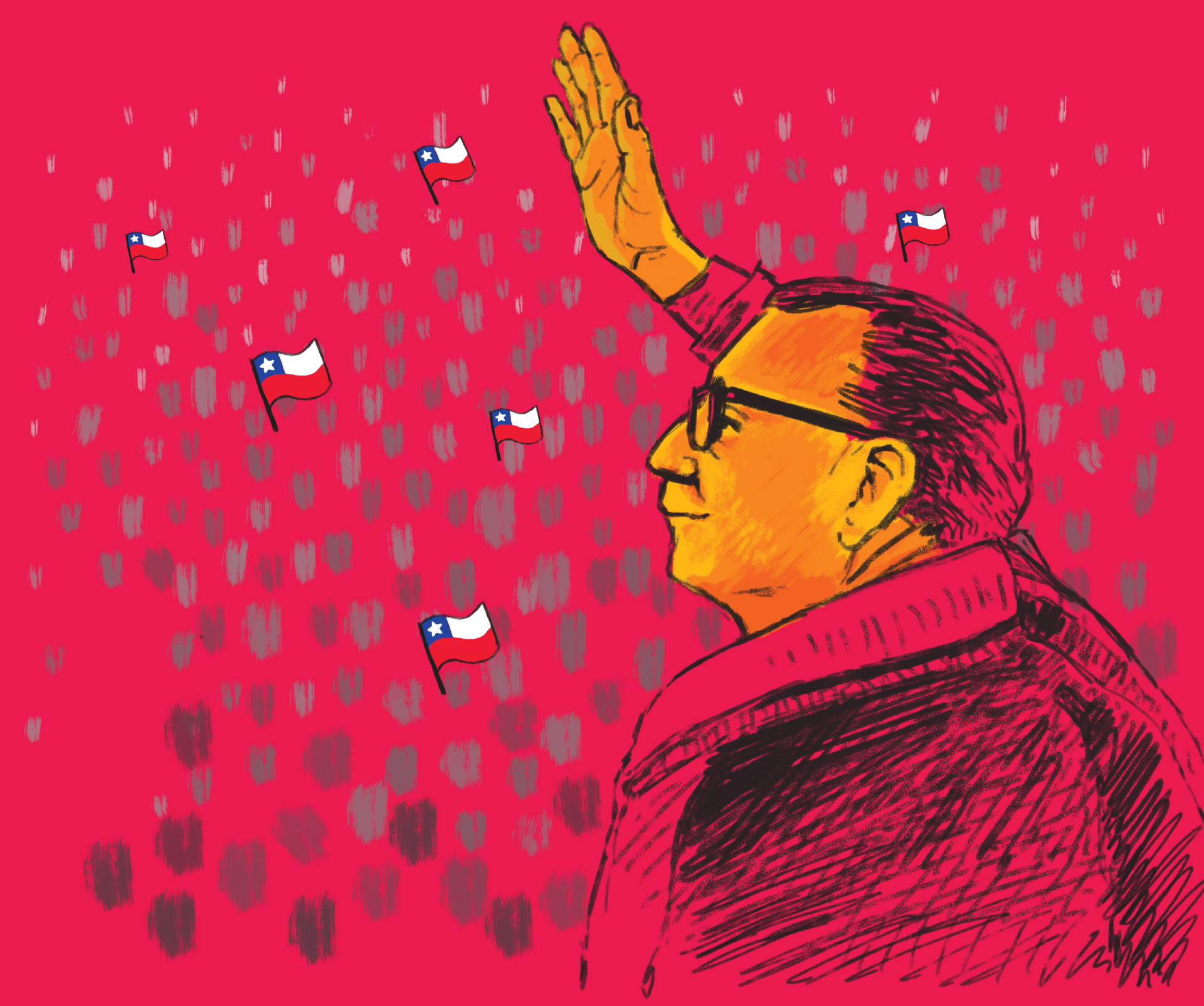
Nationalizations threatened the highly lucrative operations these corporations ran. For the Nixon administration, apart from standing up for US capitalists’ interests, there was also the danger of seeing a second anti-imperialist beacon rise up in the hemisphere to join Cuba.
Once the elections were lost, the US tried to pressure the Chilean Congress not to proclaim Allende as president. After that failed as well, only one alternative was left: a military coup. Nixon gave orders to “make the (Chilean) economy scream,” and National Security Advisor Henry Kissinger took the reins of the operation.
Chaos and instability
The United States threw its weight around to strangle the Chilean economy, blocking its access to the international financial system and multilateral credit. Moreover, it tried to sabotage Chilean exports and encouraged nationalized companies to seize Chilean assets abroad. All of this triggered an inflationary spiral.
On the domestic front, the CIA groomed extremist groups and fostered destabilizing plans. One key episode was a truckers’ strike with the goal of generating shortages. This climate of instability and chaos also saw the emergence of fascist groups such as Homeland and Freedom (Patria y Libertad) who, through their violent action, showcased all the hatred elites harbored toward the popular classes.
The Allende government tried to steady the ship without compromising its program. It suffered a setback with the very limited support offered by the Soviet Union, which by this time was more focused on maintaining détente with the United States.
In spite of the multipronged attacks, the Popular Unity secured an excellent result in the March 1973 parliamentary elections. The coalition won 44% of the vote, 10% more than what Allende had gotten when he was elected. Amidst all the troubles, the people backed the government. In Washington this was the clearest of signs to move towards a military coup.
The face of fascism
The key to the coup lay in the armed forces. The US needed them to break their long tradition of abiding by the Constitution. For that, it relied on the loyalty of the high-ranking officials in the different branches. The ones who opposed the coup, like General René Schneider, were simply eliminated.
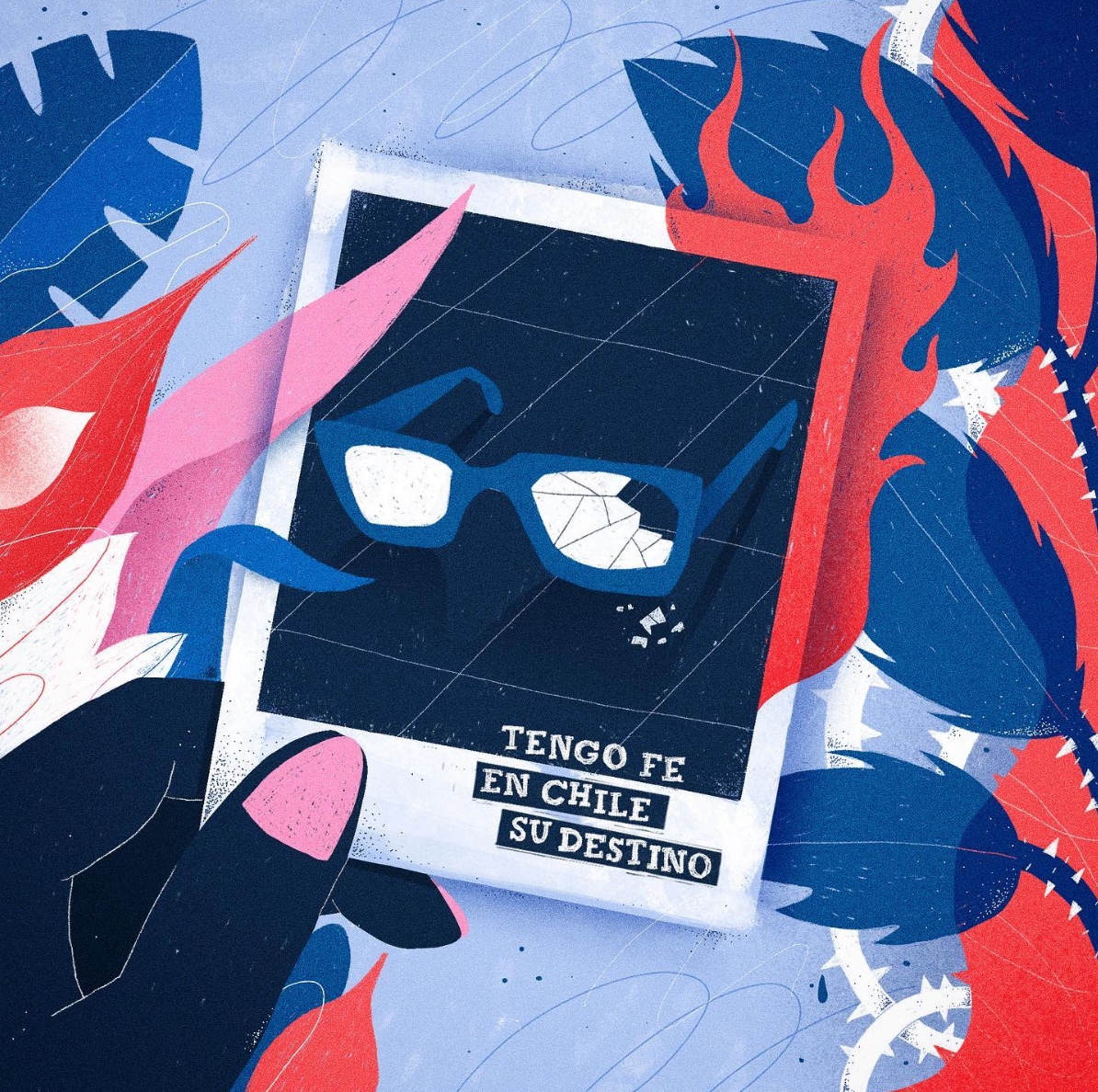
The coup finally took place on September 11, 1973. Under the leadership of Augusto Pinochet, the armed forces deployed in several cities. In Santiago, they bombed La Moneda Palace to blackmail the government into resigning.
For his part, Allende stood firm to the very end. He lived by certain principles and ideals, and he died for them too. His final speech, broadcast by Radio Magallanes, still echoes in history.
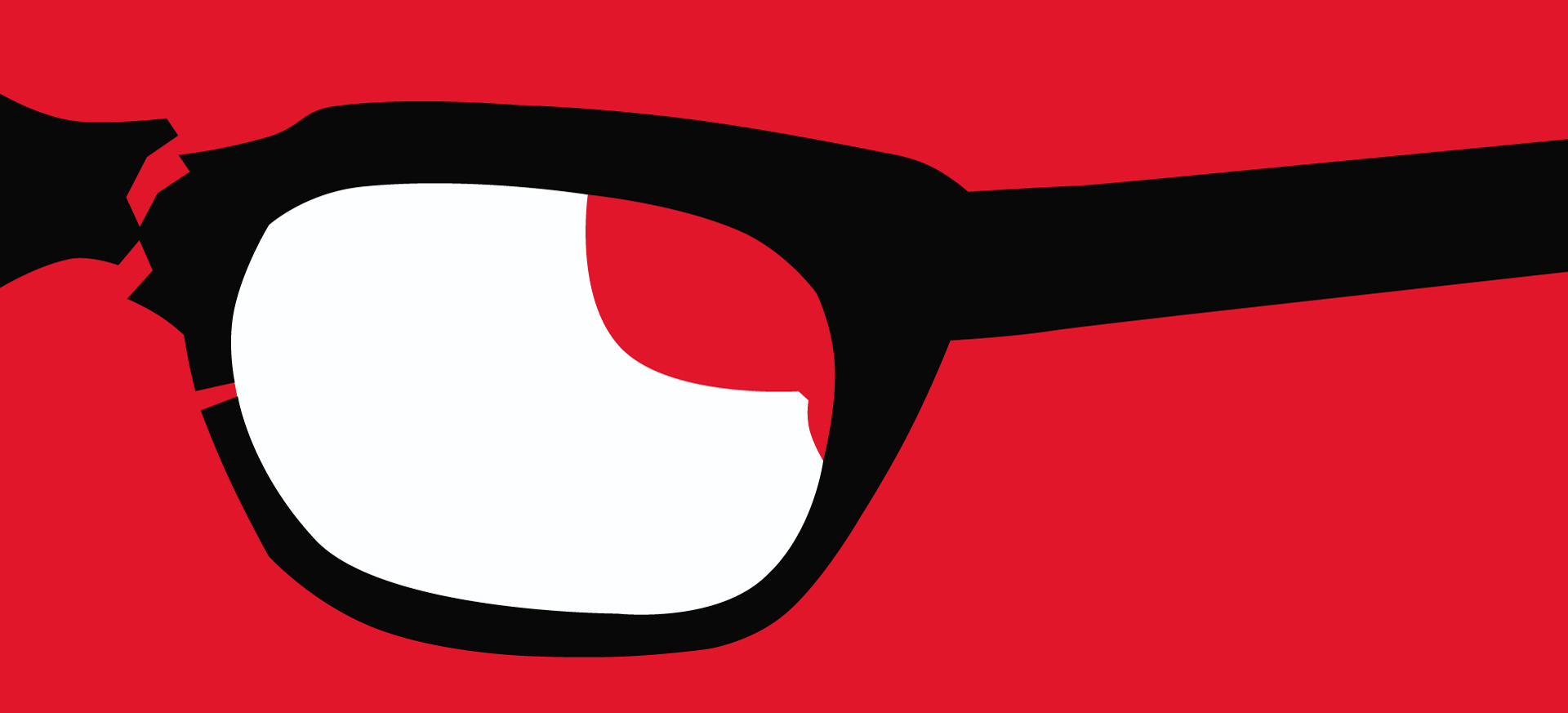
“Other men will overcome this dark and bitter moment when treason seeks to prevail. Go forward knowing that, sooner rather than later, the great avenues will open again and free men will walk through them to build a better society.”
The coup ushered in a reign of terror and violence that left tens of thousands of victims, arrested, tortured and killed. The Popular Unity militants were persecuted, and the valiant efforts to resist the Pinochet dictatorship were brutally repressed.
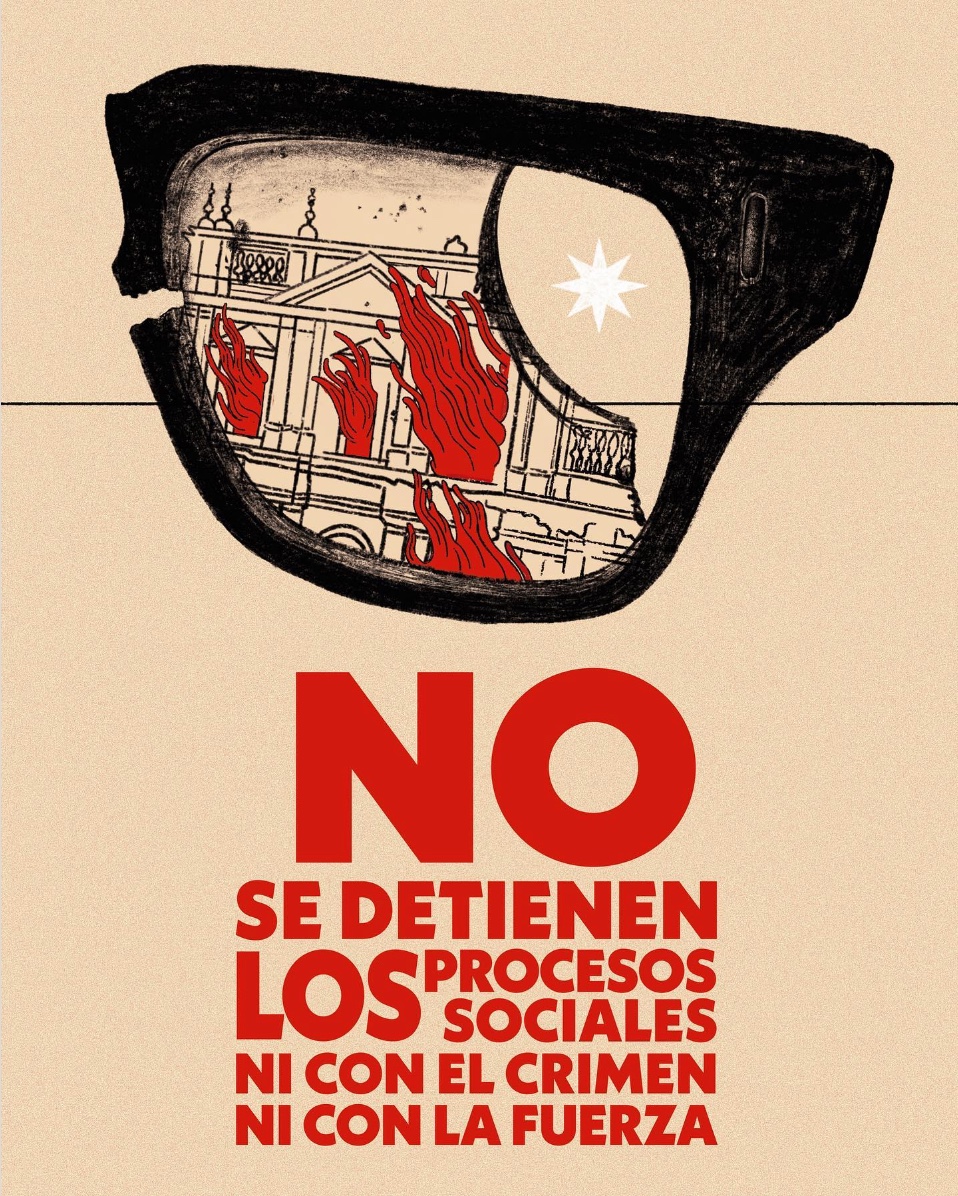
The shock treatment created the perfect conditions for the most ambitious and extremist neoliberal program ever seen. Chile leaped to the forefront of destroying social rights for the benefit of capitalist interests.

diablorojo_dibujante – Vanessa Quiroz – Puñalada – Luisa Rivera
The star of hope
Fifty years on, the military coup is a specter that continues to haunt Chile. From the economic pillars to the Pinochet Constitution that is still in place, there are plenty of challenges for the structural changes that the people have demanded time and again on the streets. Fascism and anti-communism are also alive and kicking, with recycled looks and practices.
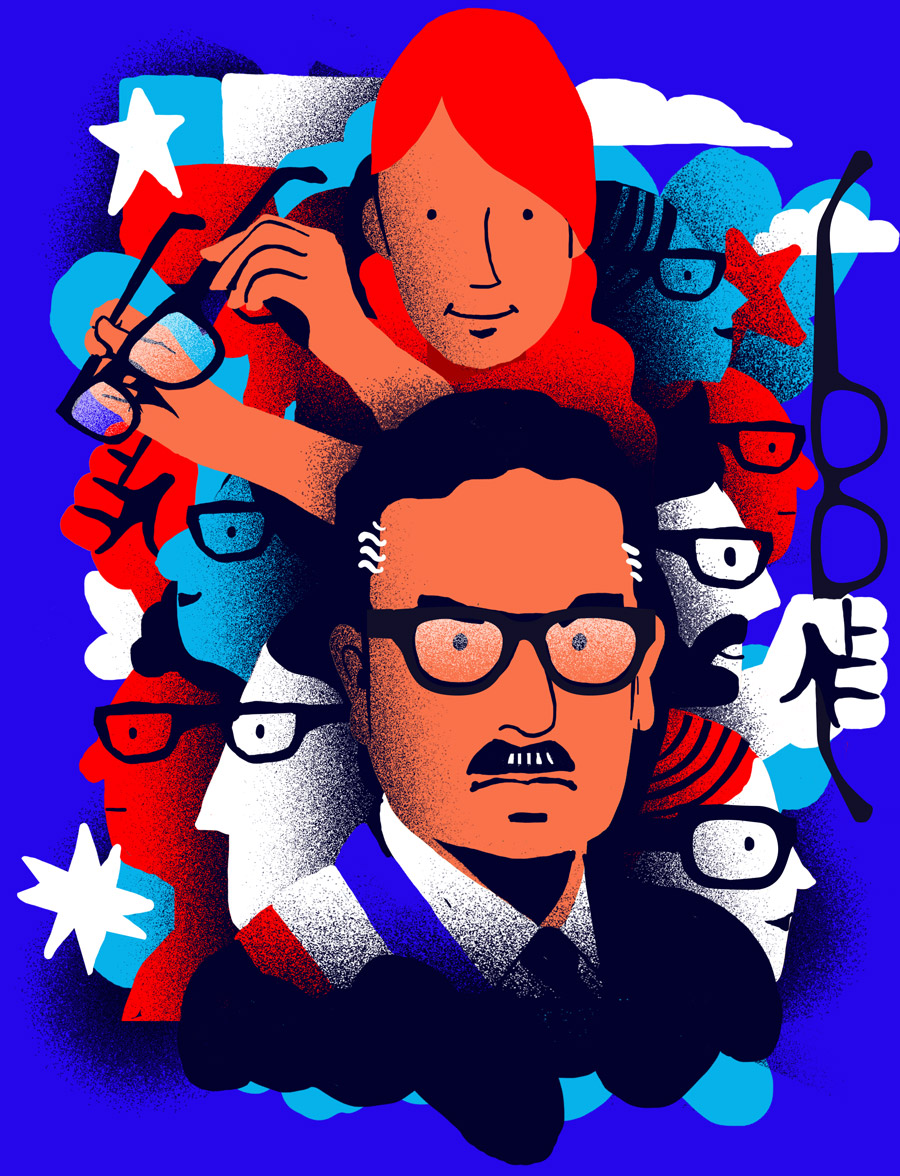
However, it is not just the coup that deserves to be remembered. Salvador Allende and the Popular Unity also left plenty of lessons, impressive triumphs, a fighting spirit, as well as mistakes that would cost dearly.
It is the example that lingers above all else. The example that is important and necessary to fight for a better world, one in which the people can write their own history. This particular effort was destroyed, but others will come to pick up the flags. As the song goes, the star of hope shall remain ours.
Research and text: Ricardo Vaz. Illustrations: El Cometa Ludo, Luis Cario, Pablito Pla, Dazazás, gato.pardo, Valeria Araya, diablorojo, Vanessa Quiroz, Puñalada, Luisa Rivera y Kael Abello.